Deprecated: get_currentuserinfo is deprecated since version 4.5.0! Use wp_get_current_user() instead. in /sites/dev.trca.ca/files/web/wp/wp-includes/functions.php on line 4859
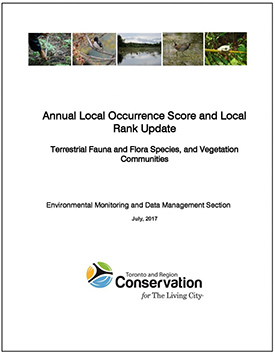
2017 marks the second year that Toronto and Region Conservation’s Environmental Monitoring and Data Management team has published its Annual Local Occurrence Score and Local Rank Update report.
This report details the changes in local conservation ranks (known as L-ranks) for a total of 44 plant, animal and vegetation communities in Toronto and region, and provides information on population declines and increases, including locally extinct (i.e. extirpated) and rediscovered species and communities.
Changes in Local Conservation Ranks (L-Ranks)
A total of 22 plant species had a change of rank since the last update a year ago; all of these experienced a change of one rank level. Sixteen of these had a decrease in rank (i.e. level of conservation concern), largely the result of increased inventory coverage leading to new records.
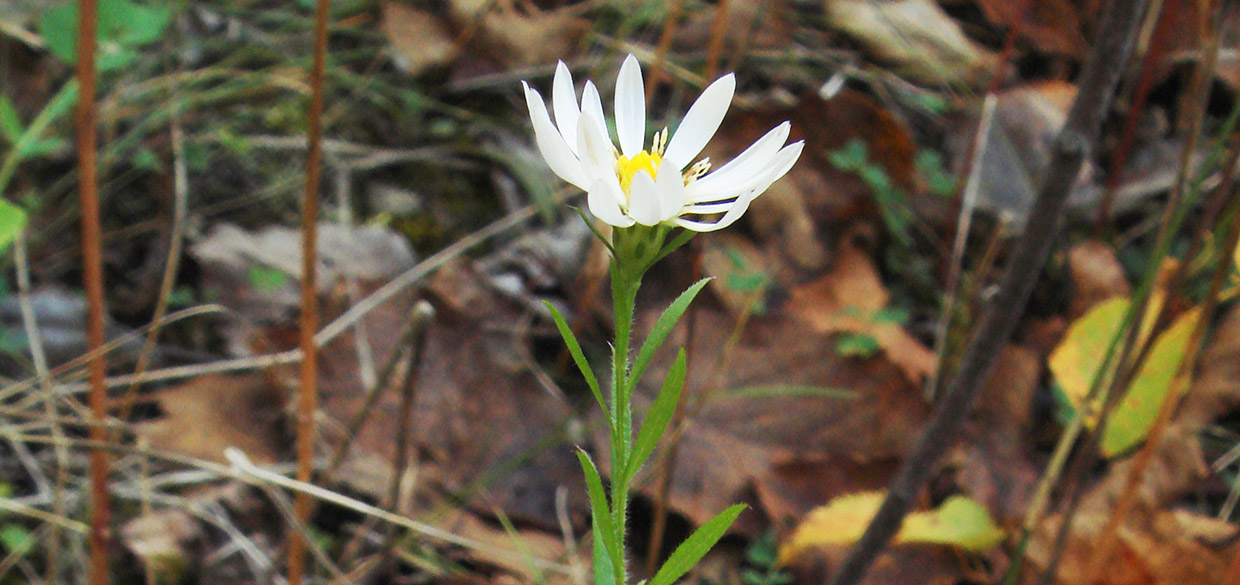
Six plants received an increase in L-rank (i.e. elevated level of conservation concern) as a result of declining regional records and/or populations.
For example, ground-cedar, burn-weed and spotted St. John’s-wort are all being seen less frequently since inventories began in the early 2000s. These species are generally associated with higher quality young forests with openings, and these habitats are showing a greater number of invasive species or fast-growing generalist native species.
Other plants showing declines in local occurrence include the American highbush cranberry, balsam fir and one-flowered pyrola.
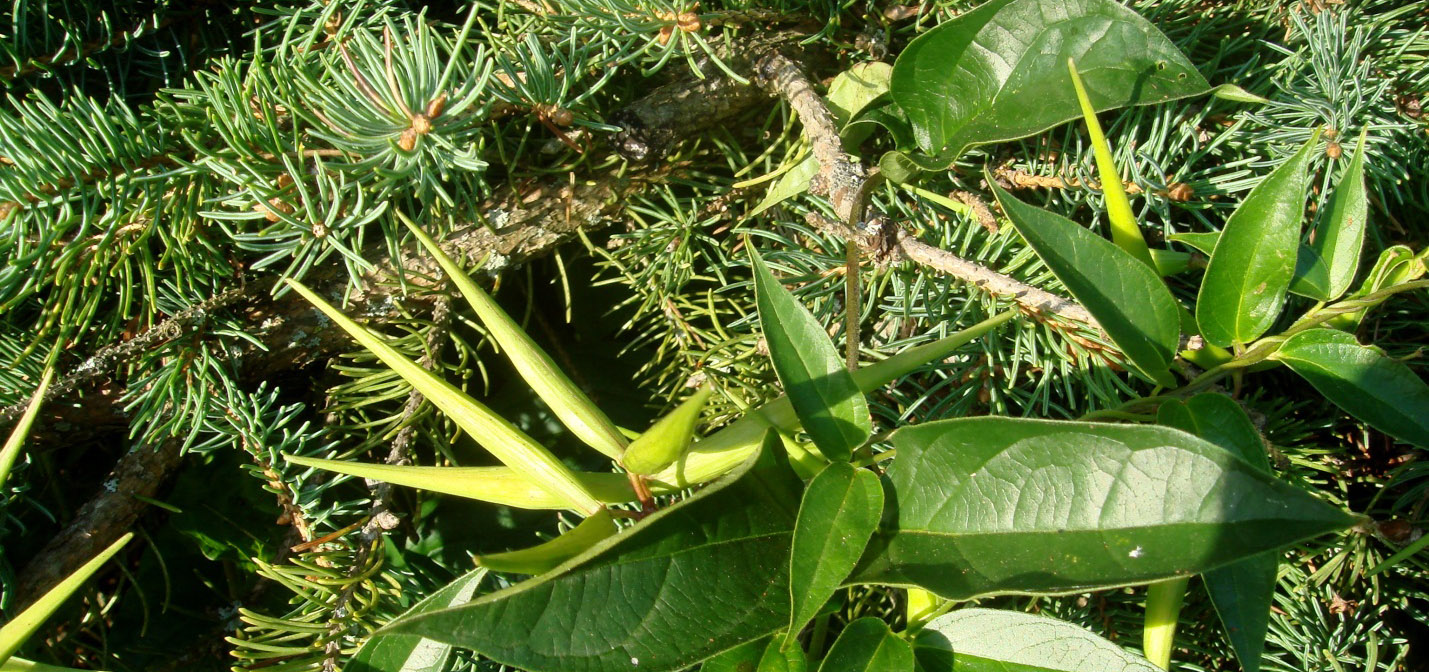
A total of 10 bird species showed a change in L-rank. One species climbed to the next highest L-rank (northern mockingbird, from L5 to L4), while nine others slipped to the next rank down.
Most of these changes occurred with species whose total scores are on the cusp between two ranks; in such cases, even a minor change can tip a species from one rank to another. These shifts in rank could just as readily be reversed in future, as has been the case for species such as eastern screech-owl and field sparrow.
There have been no recent changes in the L-ranks for breeding reptiles and amphibians.
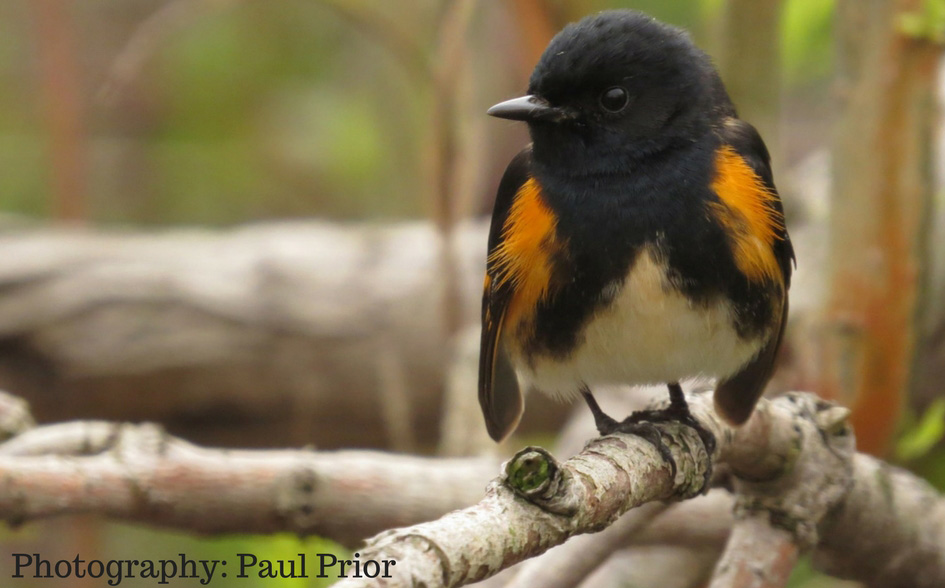
Eight vegetation communities, showed a decrease in L-rank, while four others showed an increase. The increases can be attributed to corrections in scoring and ranking, and perhaps year-to-year variation in field site characteristics.
Overall, the results cannot be discussed in a detailed, quantitative fashion, since this is only the second assessment for vegetation communities mapped.
Significant Population Increases and Decreases in 2016
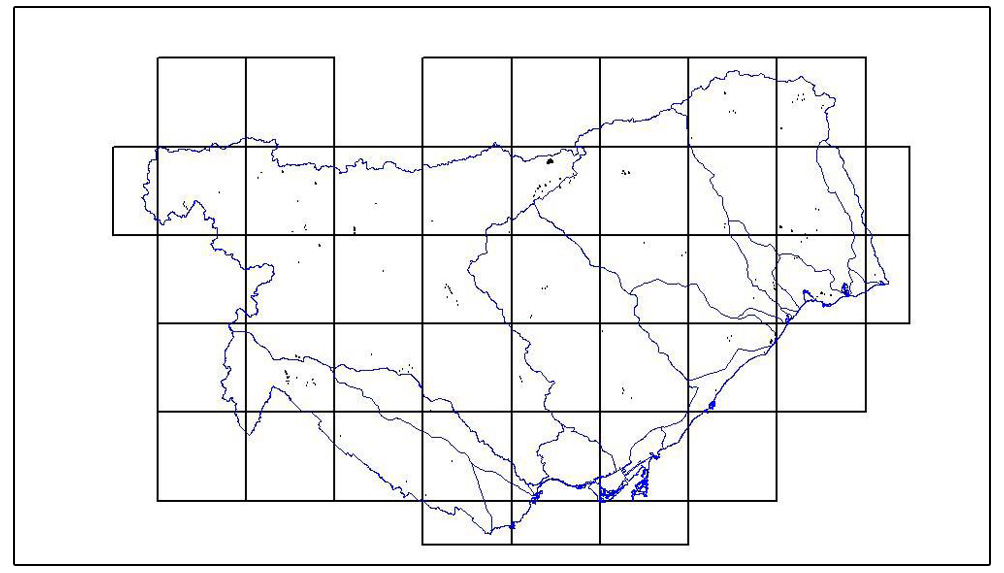
For plants and vegetation communities, we recorded numerous increases in local occurrence since the last scoring update was performed. The results are due to a more accurate assessment of the abundance of the flora species in the TRCA jurisdiction and the continuing benefits of an increase in surveyed area.
The same can be said for vegetation communities. Future reassessments may better serve to uncover actual changes in conservation status of plant species and vegetation communities, especially any changes in L-rank.
For 2016, we made significant findings for breeding birds, reptiles and amphibians when changes in local occurrence greater than four grid squares were examined. In summary: 63 wildlife species showed significant changes in distribution across the region over the past decade, with 15 of these showing declines in local occurrence and 48 species showing an increase.
The largest decline (a decrease of 11 grid square occurrences since the 2001 to 2010 baseline period) was shown by the bobolink, with another open country species, the eastern meadowlark, showing a smaller but still significant decline (minus four grid squares). Two other open country birds – the northern harrier and sedge wren — are also included in this list of declining species.
Declines in meadow species is attributed to the continued loss of marginal agricultural land in the rural zone. Furthermore, like many open country birds, these species nest either on the ground or low in shrub vegetation and are highly susceptible to increased traffic and disturbance from recreational hikers, bikers and domestic pets.
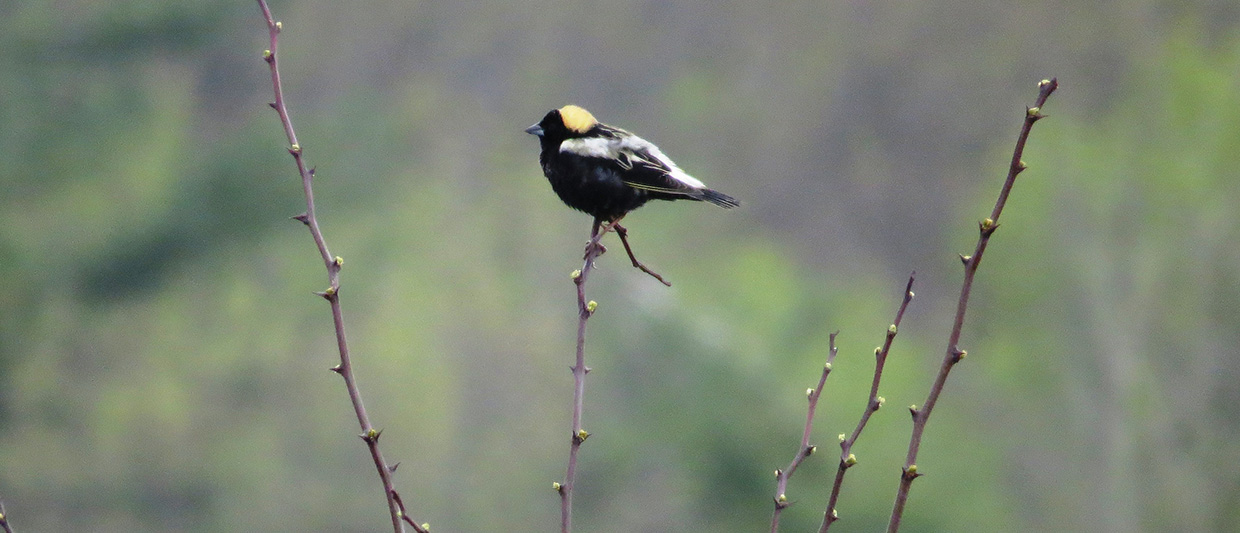
Eight other bird species that showed significant declines in the 2016 analyses are more associated with forest or forest-edge habitats. Four of these eight species are also ground-nesting and are more susceptible to habitat disturbance: black-and-white warbler, white-throated sparrow, golden-winged warbler and American woodcock.
Similarly, the one wetland species that showed a significant decline, the green-winged teal, is a ground-nesting species that requires undisturbed meadow habitat in the vicinity of wetlands.
This young American woodcock was discovered in the middle of the road and you can hear its sibling close by. We soon discovered that the reason for this behaviour and the young bird’s distress call was a snake lurking nearby!
Of the 36 bird species showing increases in local occurrence, many are experiencing a shift in distribution, while other species populations are increasing due to successful adaptations to suburban areas, artificial nest opportunities, and reintroduction programs.
It is important to note that only five of these 36 species are Regional Species of Conservation Concern: wild turkey, osprey, merlin, hooded merganser, and brown creeper.
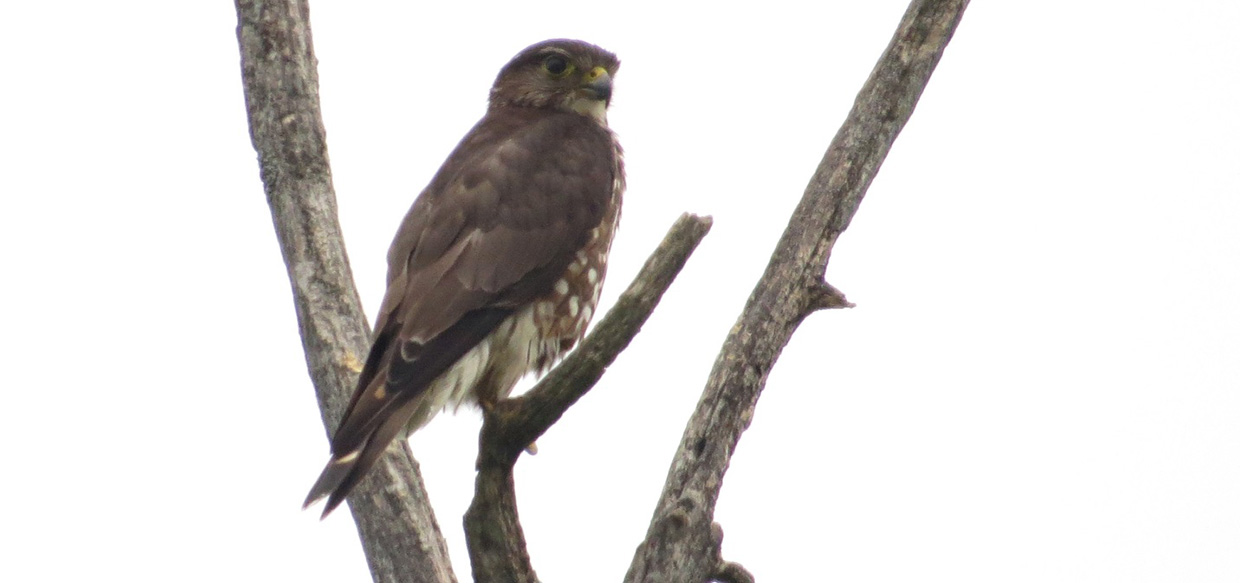
Surprisingly four reptile species and one amphibian species are showing significant increases in local occurrence, despite the general understanding among the scientific community that reptiles and amphibians are in decline.
In the case of the four reptile species (map turtle, milksnake, red-bellied snake, snapping turtle) it appears that the apparent increase is a result of the increase in data records obtained from regional roadkill surveys. The data also demonstrate that road mortality represents a an enormous threat for these species.
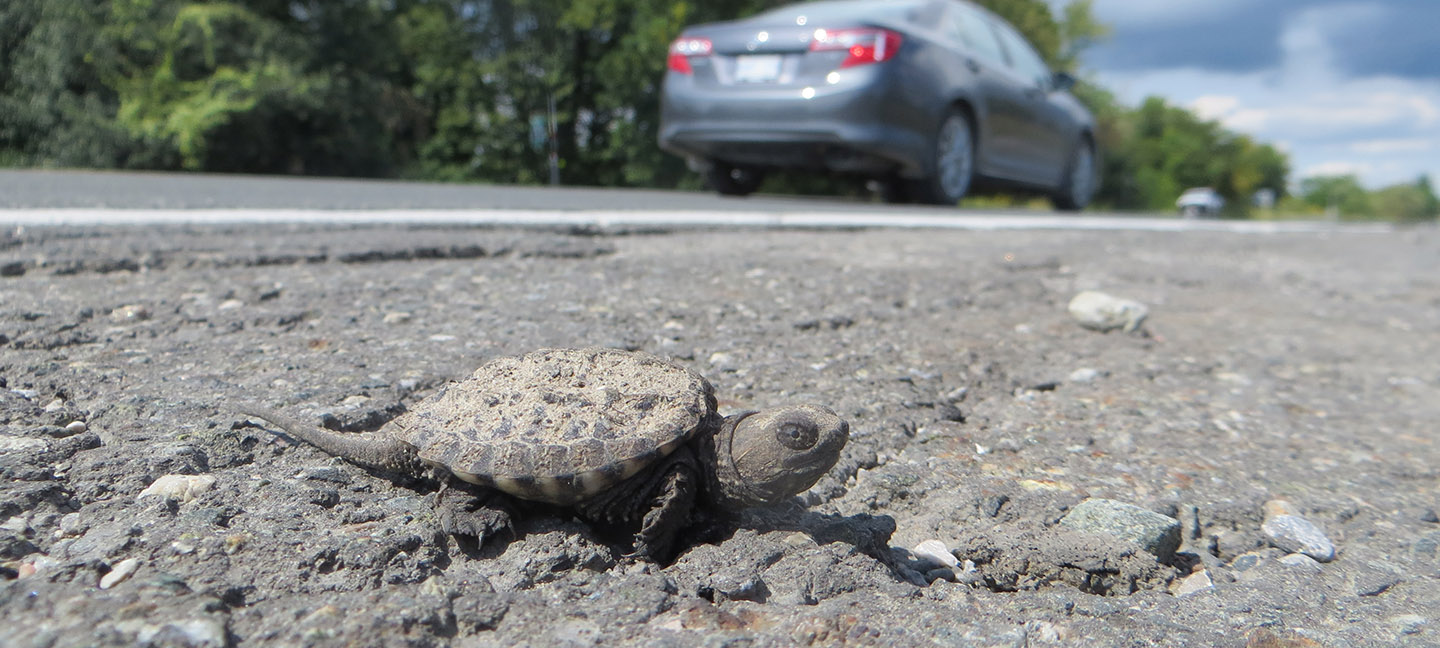
Species Now Locally Extinct
There were no reported extirpations from the current TRCA flora or fauna list in 2016.
A fauna species is assigned this status if it has not been reported as a possible breeding fauna species anywhere in the region over the previous 10 years. For plant species and vegetation communities, a 15-year timeline is used.
Rediscovered Species
Two regional plant species, thought to have been extirpated (i.e. become locally extinct), were relocated and added back to the list of regional flora species. These are conspecta hawthorn (Crataegus coccinioides) and sweet grass (Anthoxanthum nitens ssp. nitens). A third plant species, the northern short-husk (Brachyelytrum aristosum), had previously been suspected in our jurisdiction and was confirmed in 2016.
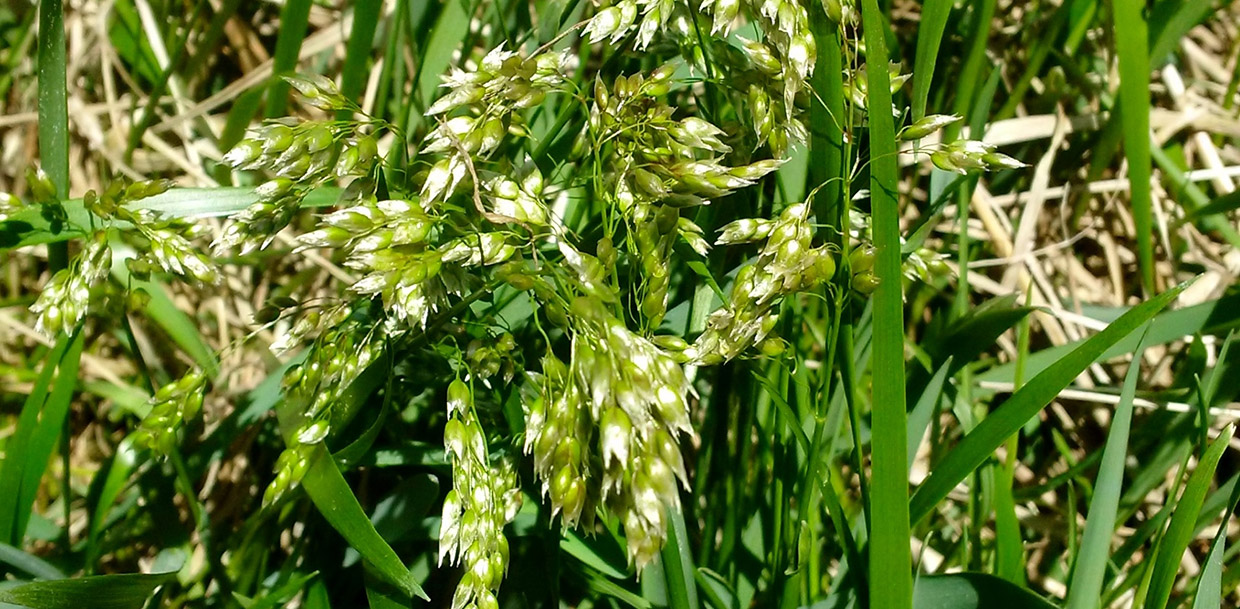
New Additions
A total of 22 new plant species have been added to the flora database in the 2016 field season. Two of these are genuinely rare plants that had not been previously found: the hybrid fen birch (Betula x purpusii) and James’ sedge (Carex jamesii).
Two additional plant species were found to be hybrids of common native species. The remaining plant species found are not native to the region but have reproduced from plantings to become naturalized.
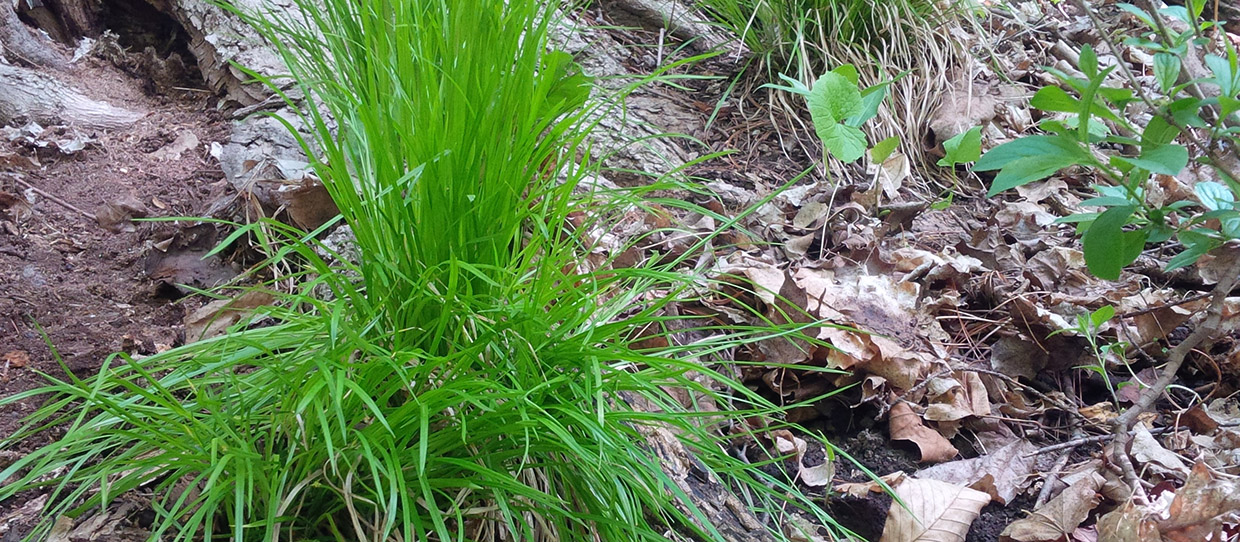
A total of five new vegetation communities have been added to the database. One of these was a significant new wetland community: Wild Rice Organic Shallow Marsh, found at Bloomington Wetland. Another was a Hay Sedge Sand Barren found at the University of Toronto Scarborough campus. The other three communities were either plantations or derived from them.
Two new wildlife species were added to the regional terrestrial fauna list based on observations of two summering pairs of the American wigeon (Mareca Americana) and the sighting of a basking spiny softshell turtle (Apalone spinifera).
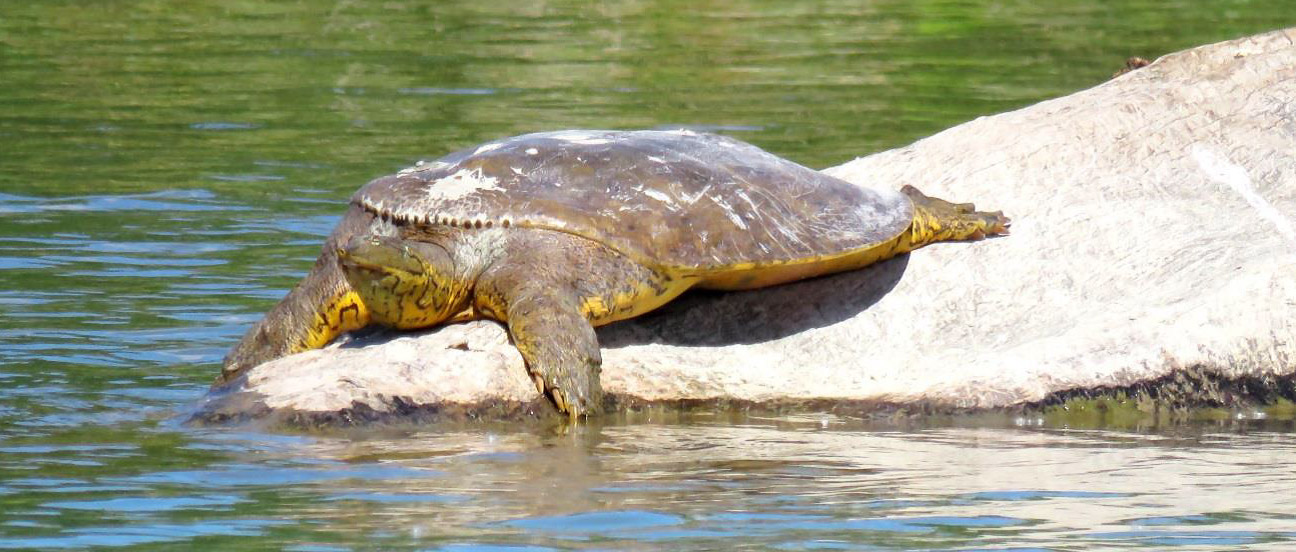
You can download the current versions of TRCA’s full list of regional plants, wildlife and vegetation communities, along with their L-rank designation, from the Environmental Monitoring and Data Management’s online Resource Library.
Learn More About Tracking Biodiversity Using Local Conservation Ranks and Scores
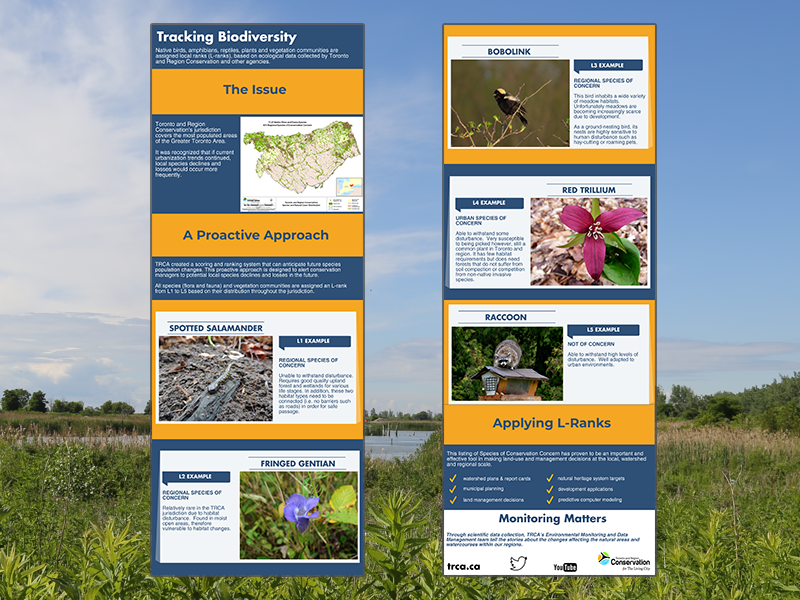
Through scientific data collection, TRCA’s Environmental Monitoring and Data Management team tell the stories about the changes affecting the natural areas and watercourses within our regions. For more information, please visit our webpage, follow us on Twitter, subscribe to our Monitoring Matters e-newsletter, or visit our YouTube playlist.

